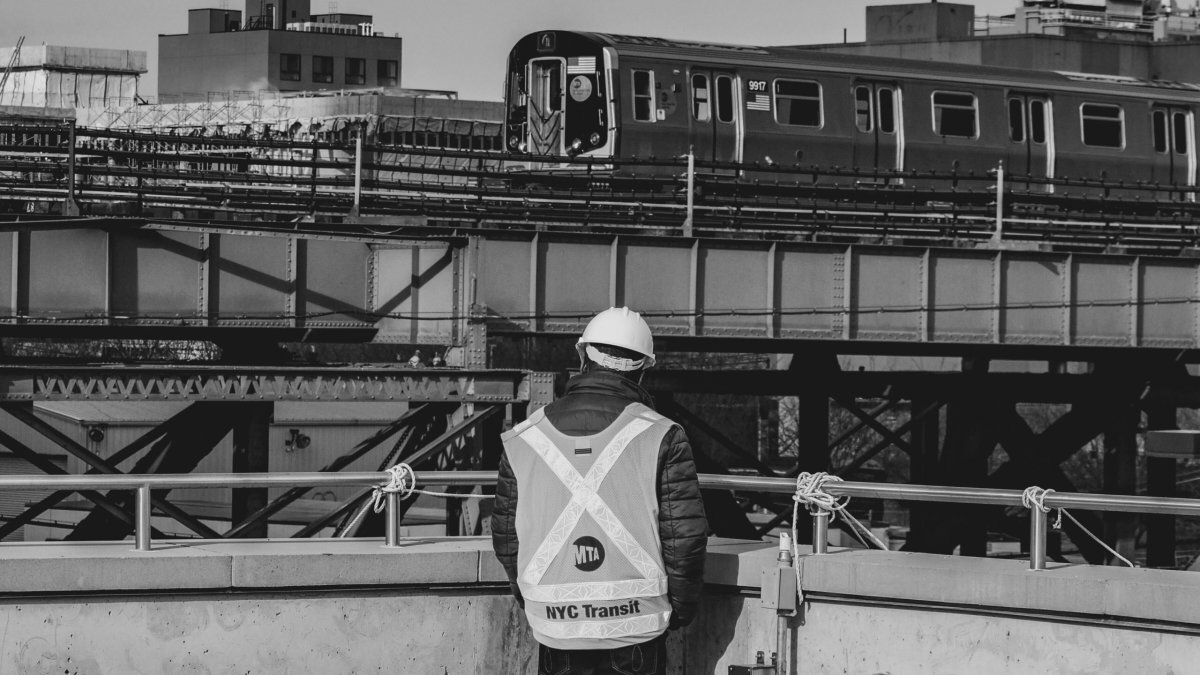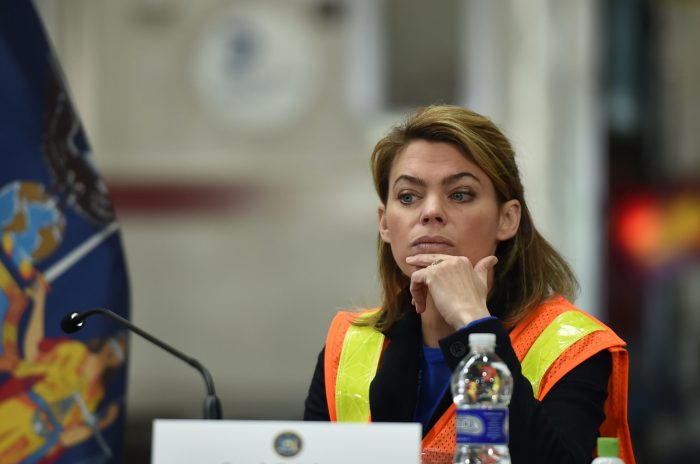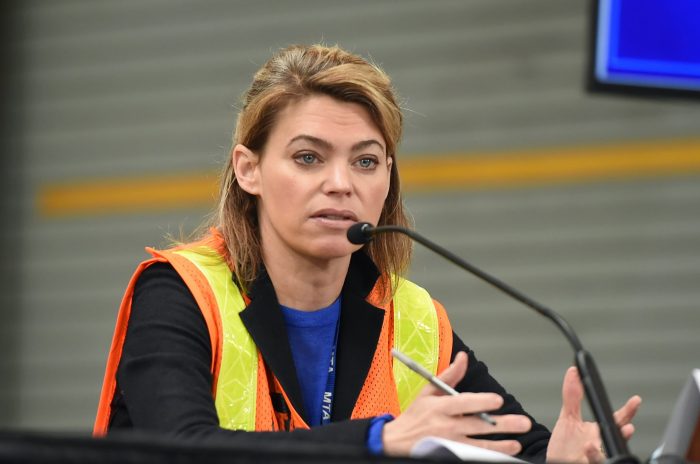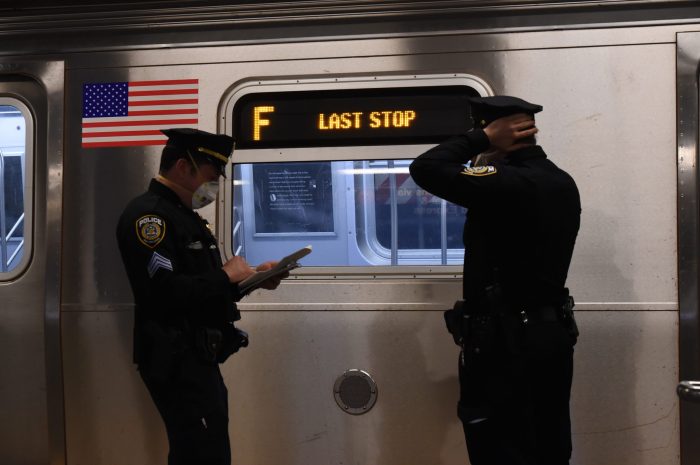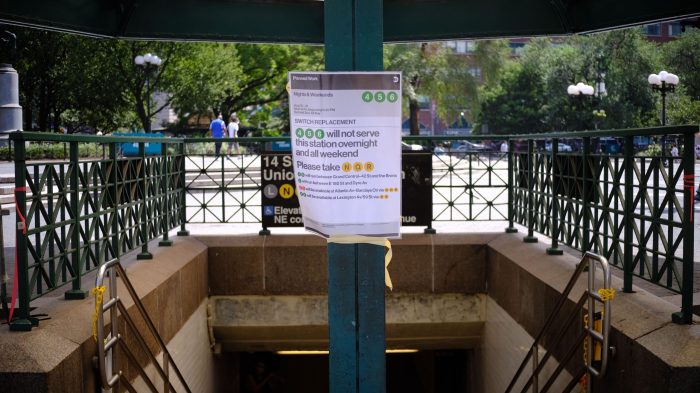From foreign antagonist to domestic reality, COVID-19 hit New York City like a ton of bricks.
While commerce across the five boroughs came to a screeching halt, the buses and trains continued working to provide transportation services with the men and women of the MTA behind the wheel despite the uncertainty about their own survival against a nearly entirely new virus.
One year later, 151 transit workers have died from COVID-19.
William Mora, a 15-year NYC Transit conductor, said that virus seemed to moved fast among transit workers who suddenly fell ill in large numbers and many succumbing to the strange new virus.
“In February and March, some of us starting wearing masks and face coverings. Early on the MTA told us we couldn’t wear the masks because we might scare the public and it wasn’t part of our uniform,” Mora said. “Then on March 25, I got sick myself. I had the virus. It was mild but I had a fever for a few days, I quarantined and was out by the month. … Some of my coworkers passed away or they were sick. We had a lot of workers who were out. between buses and trains.”
On March 6, Transport Workers Union Local 100 pushed back against the MTA’s policy that kept workers from even wearing their own surgical masks, criticizing MTA Chief Safety Officer Pat Warren’s assertion that health experts did not recommend face coverings for those who are not sick.
“As the largest transportation network in North America, the MTA has led the nation in protecting its workforce and customers — from innovative technology to upgrade air filtration and UV light disinfecting, to the regional Mask Force to distribute PPE, to plexiglass dividers on buses and cashless transactions,” MTA spokesman Aaron Donovan said. “We followed CDC guidance on mask use before overriding it to proactively begin distributing masks to employees in early March 2020. There is no higher priority than the health and safety of riders and employees—period.”
The union set to work distributing masks to their members with the MTA following suit after the deaths of over 30 workers by April.
“Our position – better safe than sorry and we don’t give a damn about dress codes in a medical emergency. As we have said from the beginning, transit workers who want to wear surgical/dust masks for their own peace of mind and safety have that right,” Local 100 President Tony Utano said at the time.
The MTA pulled service back by 30% as finding people to staff train crews became difficult and the riding public stayed indoors with office and business closing. At its worst, ridership tanked by over 90%.
“The only riders that we were picking up, that were riding at the time when everything started closing up, were homeless. We had a real bad homeless situation on the trains,” Mora added.
The situation with homeless people having the run of trains was resolved, ultimately, by the overnight shutdowns between and 5 a.m. which started on May 6. Agency officials put cleaning crews to work scrubbing stations and trains, social workers and NYPD officers displaced homeless people from and directed them toward services.
Only at this point did the homeless situation seem to improve, according to Mora.
Primary in Mora’s mind throughout the pandemic was protecting his health in order to keep his family safe. Now he’s fully vaccinated.
Wayne Lizardi, an NYC Transit bus operator who works in the Bronx, said the first three months were a time when no one could make “heads or tails” of what needed to be done. Transit especially was not prepared.
“I remember it being very eerily slow, especially the morning rush,” Lizardi said. “We were scared, we lost one of our operators to COVID and a countless number of people had gotten sick from it in the depot. The anxieties were very high. We just thought, ‘Listen, we’re going to end up catching this thing. It’s in the depot, it’s on the buses.'”
After about five weeks, riders slowly returned to the buses, but not without precautions from the MTA. Passengers were made to enter the bus through the rear door and fares went uncollected as the first three rows of seating were cordoned off to allow distancing between the public and drivers.
“Even people to this day are running into catching this. They might have gone almost a year since this started, and I know a couple of guys who just caught it a couple weeks ago. They went the whole year,” Lizardi said. “There’s a lot of people I know who are out of work and I’m one of the more fortunate people who have not lost their job during this whole thing.”
Lizardi was still waiting for the opportunity to get a vaccine as of speaking with amNewYork Metro. But he has not been sick thus far and feels he can to let others who are at a higher risk.
“Were we scared to do this job? Absolutely. But either you need to do it or you need to resign,” Lizardi added.
Both MTA Chairman Pat Foye and interim NYC Transit President Sarah Feinberg have reiterated their regret on withholding masks from their employees early on the pandemic, stating at the time that they were following the recommendations of health experts.



